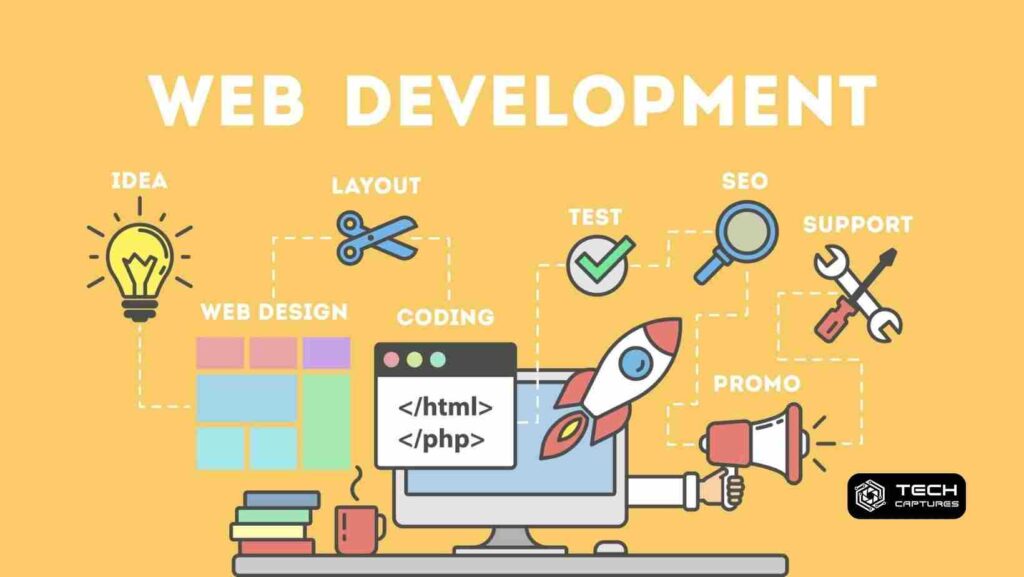Embarking on the path of a website development freelancer is a journey filled with learning, creativity, and adaptation. This journey encapsulates various phases, each demanding a unique set of skills and approaches.
Table of Contents
The Genesis: Understanding the Freelance Landscape
Entering the Freelance World
- Market Research: Understanding the current market trends in web development and identifying niches.
- Skill Assessment and Development: Continuously upgrading skills to meet industry standards and client expectations.
Establishing a Personal Brand
- Building an Online Presence: Creating a professional website and profiles on freelance platforms.
- Networking: Engaging with other professionals and potential clients through social media and industry events.
The Planning Phase: Blueprint for Success
Client Interaction and Requirement Analysis
- Initial Meetings: Discussing project goals, target audience, and specific client needs.
- Proposal Creation: Drafting a detailed proposal that outlines project scope, milestones, budget, and timelines.
Design and Prototyping
- Wireframing: Sketching the basic layout and design of the website.
- Client Feedback: Incorporating client feedback into the design before moving to development.
The Development Phase: Crafting the Website
Front-end and Back-end Development
- Front-end Development: Implementing the design using HTML, CSS, JavaScript, and frameworks like React or Angular.
- Back-end Development: Setting up servers, databases, and backend logic using technologies like Node.js, Python, or PHP.
- Iterative Development and Client Collaboration
- Agile Methodology: Adopting an agile approach to make regular updates and improvements.
- Client Demos: Presenting stages of development to the client for feedback and approval.
Testing and Refinement: Ensuring Quality
Comprehensive Testing
- Functional Testing: Verifying that all features work correctly.
- Cross-Platform Testing: Ensuring compatibility across different devices and browsers.
Optimization and Refinement
- Performance Optimization: Enhancing the speed and efficiency of the website.
- SEO Best Practices: Implementing SEO strategies for better visibility and ranking.
- Deployment and Launch: Going Live
Pre-Launch Checks
- Final Client Approval: Ensuring the client is satisfied with the end product.
- Domain and Hosting: Setting up the domain name and selecting a hosting service.
Launch
- Going Live: Making the website publicly accessible.
- Launch Announcement: Promoting the launch through social media and press releases.
- Post-Launch: Growth and Maintenance
Ongoing Support and Maintenance
- Regular Updates: Providing updates and maintenance to ensure the website remains secure and functional.
- Client Support: Offering ongoing support for any issues or enhancements.
- Building Future Opportunities
- Portfolio Expansion: Adding the completed project to a portfolio to showcase skills and attract new clients.
- Client Testimonials: Gathering client feedback to build credibility and trust with future clients.
The journey of a website development freelancer is a blend of technical skill, creative vision, and client management. It demands not just the ability to code, but also the capacity to understand client needs, adapt to feedback, and keep pace with technological advancements. Each project is a stepping stone towards greater mastery and more complex challenges in the ever-evolving world of web development.

